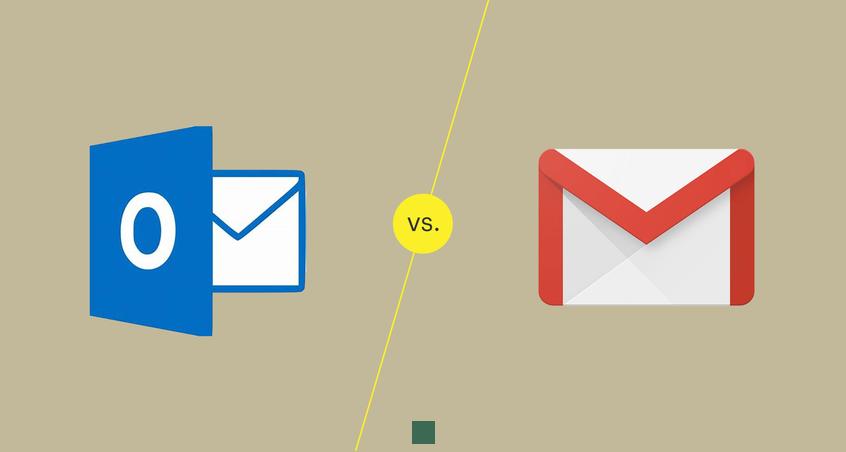Gmail vs. Outlook: Choosing the Best Email Service for You

Key takeaways :
- The design of Outlook and Gmail varies significantly, encompassing differences in layout, organization, and user interaction, making the choice rather subjective based on personal preference.
- Practicality considerations for choosing between Outlook and Gmail include factors like costs, integrations, and learnability, which can significantly impact daily productivity, especially in a business setting.
- Gmail offers extensive customization options, a full-page compose window, and seamless integration with the Google ecosystem, making it a preferred choice for many users.
- For personal use, Outlook in the browser is free, while Gmail is free for individual users, but may require a paid account for business use, making Gmail slightly more cost-effective.
- Gmail boasts a larger user base of over 1.5 billion users compared to Outlook’s 400 million users, making it the more popular choice.
- Gmail provides various features such as smart compose, tabbed inbox, robust spam filters, and seamless integration with Google Docs, making it a comprehensive and user-friendly email service.
Should I Use Outlook or Gmail?

Design Differences
The design of Outlook and Gmail varies significantly, encompassing differences in layout, organization, and user interaction. These distinctions are rather subjective, implying that if you are accustomed to one platform, you will likely prefer it over the other.

Practicality Considerations
When evaluating the practicality of either platform, factors like costs, integrations, and learnability are crucial, particularly in a business setting. The ease of use of each platform can significantly impact daily productivity.
- Gmail: Send and receive messages from gmail.com, features a full-page compose window if desired, and works well in the Google ecosystem.
- Gmail: The labeling system might be perceived as counterintuitive, and the UI can appear cluttered. However, Gmail uses TLS to encrypt emails in transit.
Outlook.com and Gmail are popular email services, both offering core email functionalities such as sending/receiving messages, attachments, filtering, and cloud storage. Moreover, they support ancillary services like calendars and contact lists, all at no cost.
À lire : Efficiently Remove Duplicate Recipients in Outlook: Excel Method & Expert Tips
Gmail emerges as the winner due to its extensive customization options.
Cost Comparison
For personal use, Outlook in the browser is free, with some limitations. Using the app requires an Office 365 subscription, while Gmail is free for individual users but may require a paid account for business use, making Gmail slightly more cost-effective.
User Base
Gmail boasts over 1.5 billion users, surpassing Outlook’s 400 million users, making it the more popular choice.
- Gmail: Offers smart compose and personalized suggestions, tabbed inbox feature, unsubscribe suggestions, importance markers, robust spam filters, and nudges for pending responses.
- Gmail: Utilizes dynamic email to display latest content and provides seamless integration with Google Docs.
Storage and Attachments
Both Gmail and Outlook.com provide 15 GB of free storage, with Gmail’s quota shared across Google Drive and Google Photos. In comparison, Outlook.com guarantees 15 GB of free email storage, inclusive of attachments, and offers an additional 5 GB of OneDrive storage.
Personal accounts on both platforms are free, with Google One providing premium features and up to 2 TB of storage. Google Takeout is recommended for timely Gmail backups.
